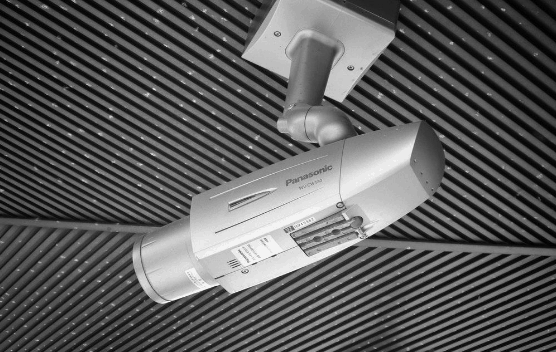
Copyright: Unsplash | License: CCO Public Domain
Are you thinking about installing a home alarm system but do not want to spend a lot of money? If yes, you may want to consider the Do It Yourself (DIY) home security systems. The DIY kits come with everything you will need to set up your alarm system, and you do not have to spend money hiring a professional to do it for you.
Advantages of DIY Home Security Systems
Cost-Saving Aspect
The DIY home security systems cost less than the systems that require an expert to set up. The kits have all the basic components of a home alarm system and require basic tools like screwdrivers and drills to install. You do not have to pay any recurring monthly expenses, as most have a one-time fee implication.
Ease of Installation
The DIY home security systems are wireless and are therefore quite easy to install. They are also portable, so if you have to move, you can easily uninstall it and move it to your new place.
Smart Features
Some of the home security systems have smart features; you can integrate into your smart home devices like switching on and off lights, locking the door, adjusting the thermostat, amongst others. All you need to do is pair the system with your smart app, and you can use the features remotely.
Phone Alerts
When you pair the security system with your smart app, you will get alerts when there is a security breach.
Disadvantages of DIY Home Security Systems
Extra Features Can Be Costly
Most of the DIY home security systems are very basic, and you may need to upgrade it. The add-ons can be costly depending on what you have in mind. Some of the add-ons include smoke and gas detectors, transmitters or extra sensors. If you are to put the extra sensors on all the windows in your house and doors, the cost of the total system will go up considerably.
Limited After Sales Support
Most of the DIY home security systems do not have a warranty, and you will not get any compensation for a faulty part. Proving that the default is not as a direct result of your lack of expertise in installing home systems may make it difficult to get a refund or replacement for parts.
The fact that you also do not have the requisite knowledge to do the installation can result in an incorrectly installed system.
Factors To Consider When Buying A DIY Home Security System
Which Areas Do You Want To Monitor
Many of the DIY kits have a maximum of three motion and door sensors. Prepare to spend a bit more if you more sensors as you will have to buy them separately.
One tip to consider is to have transmitters instead of motion sensors. Motion sensors can give false alarms and will only send the alert after the burglar has entered the house.
Will You Need Professional Monitoring
There is a monthly cost implication to the monitoring service by the security companies. The fee can range anywhere from $15 to $30 a month. You have the option of deciding whether or not you want to have this as an extra when you’re setting up your DIY home security system.
Do You Want To Integrate It With Your Home
The smart home feature will allow you to use your security system for some of the smart home devices. The feature will allow you to lock and unlock doors, adjust the thermostat, among others. Make sure that the kit you pick can integrate easily with the devices because some of them may not be compatible.
Consider Including A Fire Detector
Adding a wireless smoke detector to the security system is a great idea. If a fire breaks out, your monitoring service will get an alert, and will in turn notify the fire department. If you have a multi-storey house, try and have at least one wireless smoke detector on every floor.
Type of Control Panel
There are different types of control panels including the double panel that has a keyboard mounted near the door and a circuit board near the phone interface. The circuit board will continue to work even if the keyboard is not connected. The second is the single unit panel which you mount near the door. The latter is easier to install, but the burglar can easily access it and stop the notification process.
Copyright: Unsplash | License: CCO Public Domain
Final Thoughts
Installing a DIY home security system will keep your family safe from the threat of burglary. Look for a kid that is easy to install and make sure you follow the directions as per the recommendation of the manufacturer. If you can, factor in some of the add-ons like the smoke detector, gas detector, surveillance, or the smart home device so that you have a wide range of functionality.





